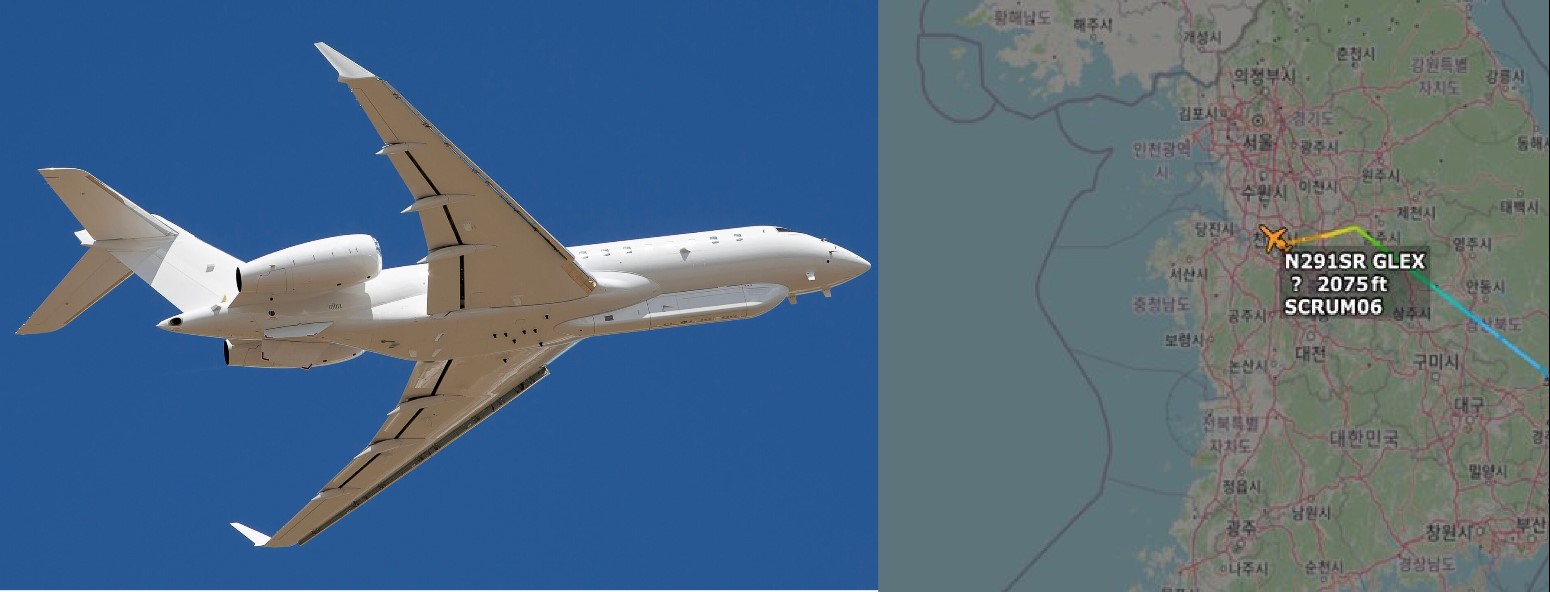US Army Deploys Advanced ATHENA-R Surveillance Aircraft to South Korea

In a strategic move to enhance its intelligence capabilities in the Asia-Pacific region, the U.S. Army has deployed the first prototype of its ATHENA-R surveillance aircraft to South Korea. This deployment marks a significant milestone in the Army's efforts to modernize its aerial intelligence, surveillance, and reconnaissance (ISR) assets.
ATHENA-R: Bridging the ISR Capability Gap
The ATHENA-R program, short for Army Theater-Level High-Altitude Expeditionary Next Airborne ISR-Radar, was initiated to address the need for advanced, high-altitude ISR platforms. The program aims to bridge the gap between the Army's existing medium- and high-altitude ISR aircraft, providing greater endurance, extended range, and enhanced payload capacity.
Aircraft Specifications and Capabilities
The ATHENA-R aircraft is a modified Bombardier Global 6500 business jet, selected for its impressive performance characteristics. Key specifications include:
- Endurance: Capable of missions lasting up to 14 hours, allowing for prolonged surveillance operations.
- Range: Approximately 6,000 nautical miles, enabling operations over vast distances without the need for refueling.
- Altitude: Operational ceiling exceeding 45,000 feet, facilitating high-altitude missions that are less detectable and more secure.
The aircraft is equipped with state-of-the-art ISR systems, including advanced radar and sensor suites designed to detect and track targets with high precision. The integration of these systems allows for real-time data collection and transmission, providing commanders with actionable intelligence to make informed decisions.
Deployment and Operational Assessment
The prototype ATHENA-R, designated N291SR SCRUM06, recently arrived at Camp Humphreys in South Korea after departing from Greenville, Texas. This deployment initiates a four-month operational assessment period, during which the aircraft's systems and performance will be rigorously tested in real-world scenarios.
Andrew Evans, director of the Army's ISR Task Force, emphasized the importance of this assessment: "This will be an ongoing and iterative operational assessment with the goal of having those fixes complete in the coming months and then being in a sustainable place here by May or June."
The insights gained from this assessment will inform any necessary adjustments to the aircraft's systems, ensuring it meets the Army's operational requirements and is fully mission-capable.
Collaborative Development Efforts
The ATHENA-R program is a collaborative effort between the U.S. Army, MAG Aerospace, and L3Harris. In August 2023, the Army awarded contracts to these companies to produce two enhanced ISR aircraft based on the Bombardier Global 6500 platform. The partnership leverages MAG Aerospace's expertise in airborne ISR operations and L3Harris's advanced sensor and communication technologies.
In addition to the ATHENA-R variant, the Army has contracted Sierra Nevada Corporation to develop the ATHENA-S (Sensor) variant. This version focuses on signals intelligence and is built upon Sierra Nevada's Rapcon-X platform, which integrates an advanced suite of sensors and radars to enhance the Army's ISR capabilities further.
Strategic Implications
Deploying the ATHENA-R to South Korea underscores the U.S. Army's commitment to maintaining a robust intelligence posture in the region. The advanced capabilities of the ATHENA-R enhance situational awareness, enabling more effective monitoring of potential threats and supporting the security of U.S. and allied forces.
As the operational assessment progresses, the Army anticipates that the ATHENA-R will become a cornerstone of its modernized ISR fleet, providing critical intelligence support for a wide range of missions.


